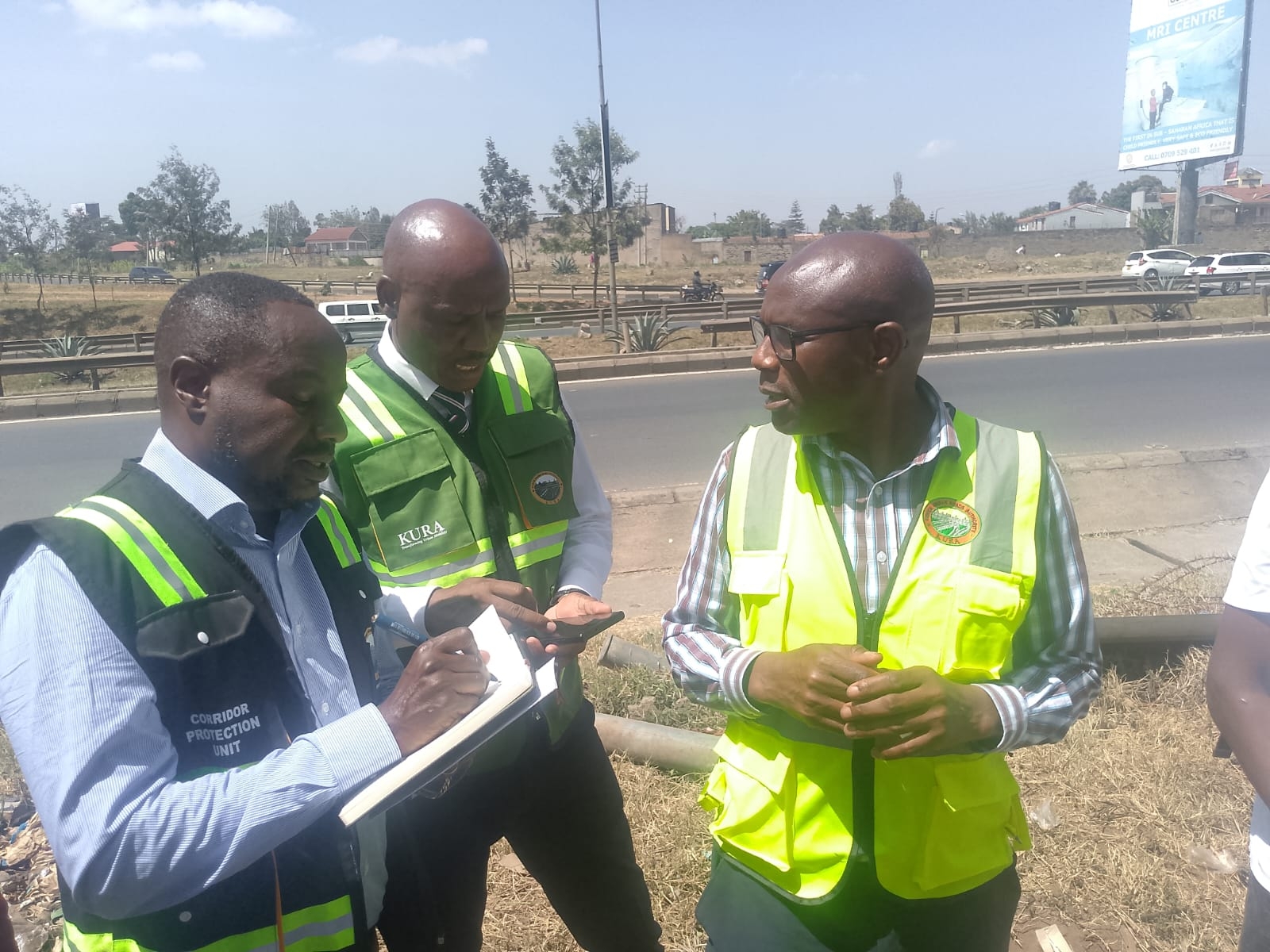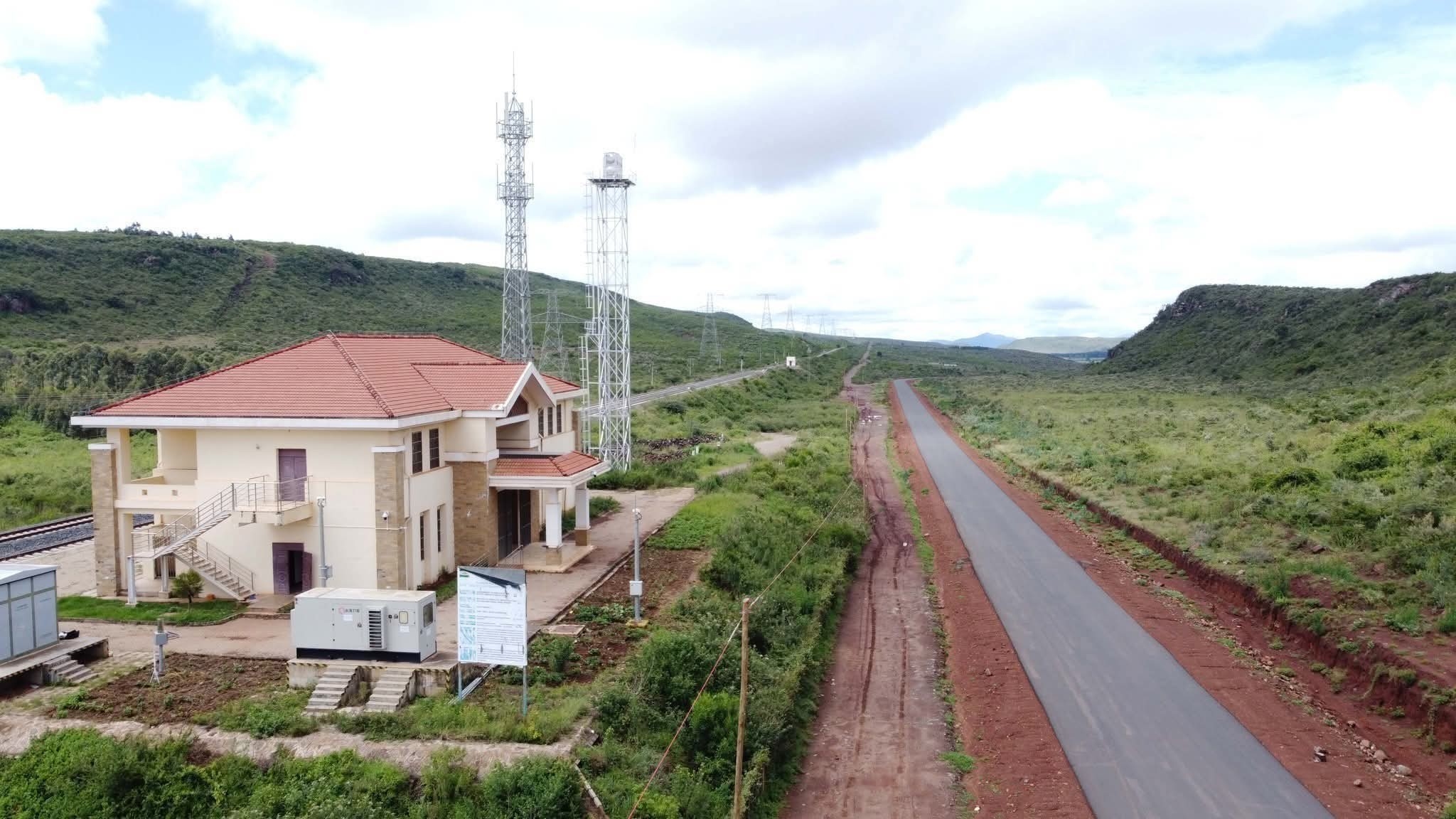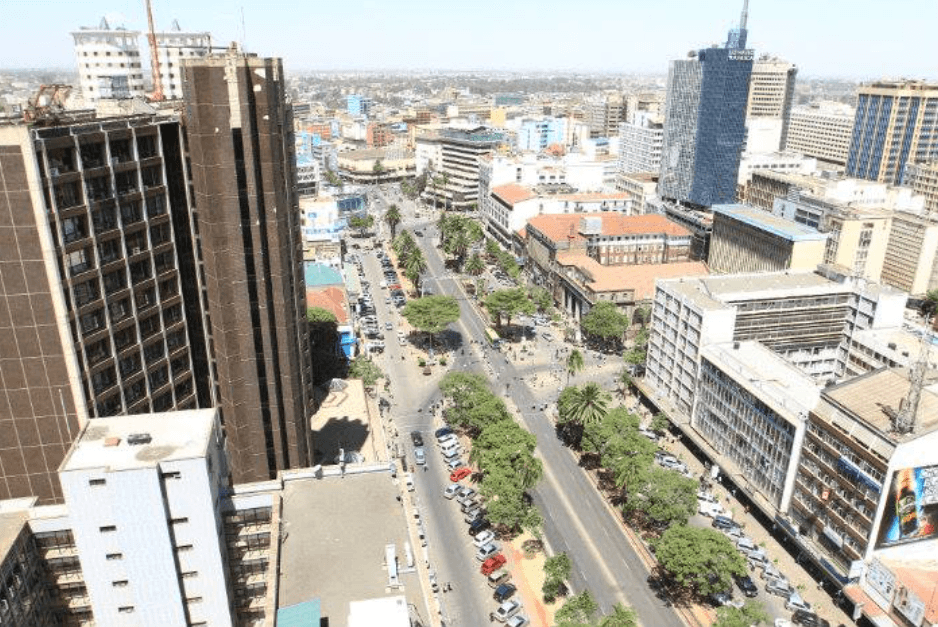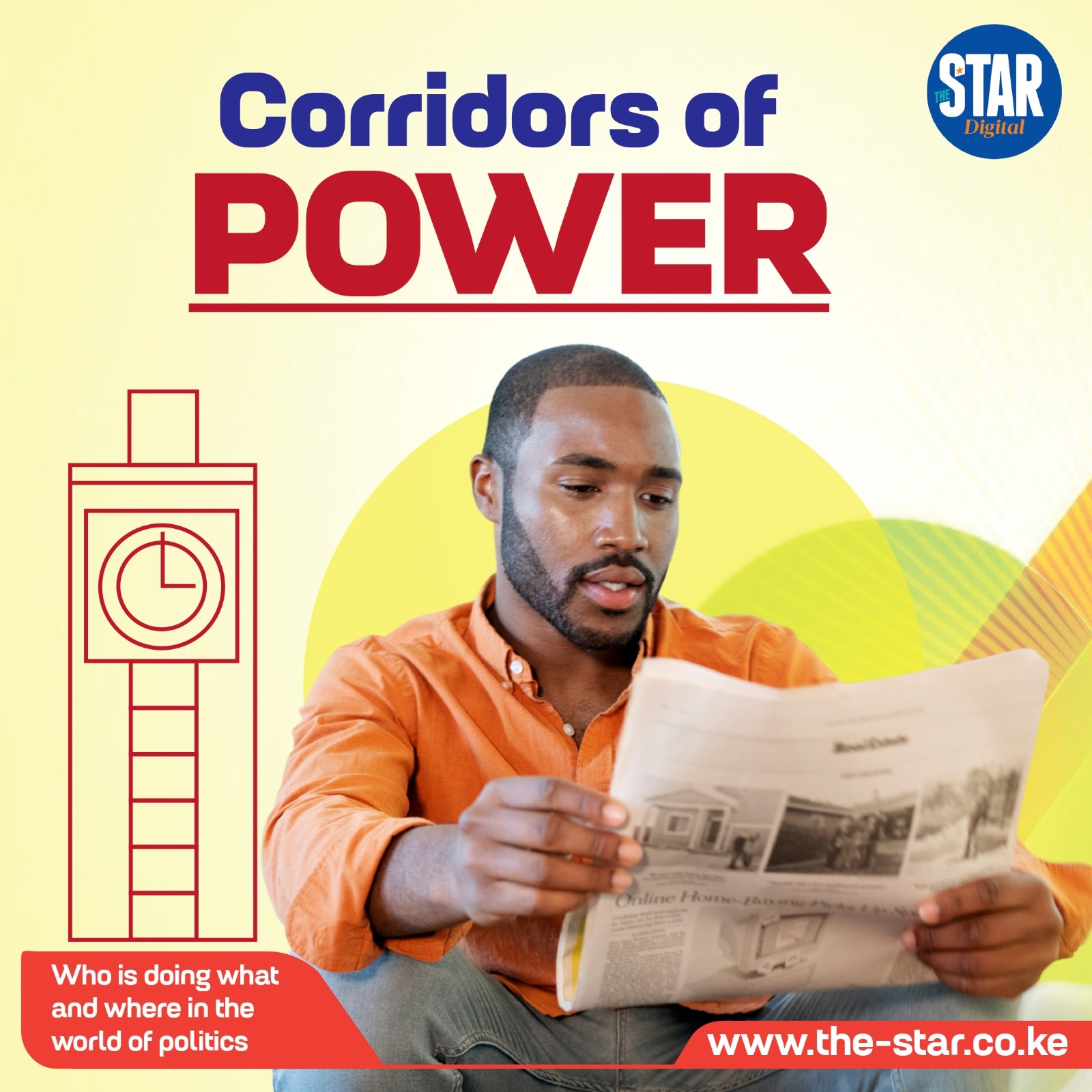In a bustling office, Sarah Kimani* sits at her desk, attempting to concentrate on her tasks of coordinating partners and writing reports.
However, discomfort radiates from her, evident in her frequent shifts and subtle grimaces.
Her expression flickers between focus and pain, a silent struggle that remains hidden from her colleagues.
Every few moments, she instinctively coils her legs closer, as if seeking solace from an invisible burden.
Her face shows discontent with a subtle wince crossing her face, betraying the period pains that grip her abdomen.
She then stands up and walks lazily to the washroom which is just near her seat hoping to bury herself in that near-empty space.
Sarah takes deep breaths while occasionally pressing a hand to her stomach, hoping to soothe the ache.
But when someone finds her leaving the toilet, Sarah is seen forcing a smile.
According to Mayo Clinic, Menstrual cramps also known as dysmenorrhea are throbbing or cramping pains in the lower abdomen.
Many women have menstrual cramps just before and during their menstrual periods, Mayo Clinic indicates.
But are there home remedies to ease the period pain?
Obstetrician gynecologist Davies Kibii explains that some of the painkillers might not be the solution.
Kibii says it would be best for one to seek medical advice on why the cramps are painful instead of relying on temporary means.
“The painful cramps might be as a result of fibroids or endometriosis, so the first thing is to diagnose,” he says during a phone interview.
Kibii says if there is a problem that is causing the pain, then the only way is to eradicate it.
“… let's say for example fibroids, the moment they are removed, the pain is gone, and you will no longer need the pain killers”, he said.
He however said one may be examined and found to have nothing causing the painful periods and that is when they can opt for the proposed remedies.
Kibii also advices that once the pain is gone, one should stop using the painkillers.
Another Obstetrician Gynaecologist Njoki Fernandes says a patient needs to be examined when pain persists.
“First of all we need to investigate and confirm that there is nothing else that is causing that severe pain. The patient needs to be examined because sometimes they might be suffering from endometriosis, pelvic infections that are causing the pain," Njoki says.
“Every woman deserves to have their quality of life and menses are monthly so you cannot be in that situation where you cannot plan, because if your period catches you when you are doing an exam, what will you do? It needs to be managed," she said.
According to experts from Mayo Clinic, over-the-counter pain relievers, such as ibuprofen (Advil, Motrin IB, others) or naproxen sodium (Aleve), at regular doses starting the day before you expect your period to begin can help control the pain of cramps.
Prescription nonsteroidal anti-inflammatory drugs also are available.
One is advised to start taking the pain reliever at the beginning of the period, or as soon as one feels symptoms.
Touching on hormonal birth control, oral birth control pills contain hormones that prevent ovulation and reduce the severity of menstrual cramps.
These hormones can also be delivered in several other forms: an injection, a skin patch, an implant placed under the skin of your arm, a flexible ring that you insert into your vagina, or an intrauterine device (IUD).
Surgery is another possible remedy. If your menstrual cramps are caused by a disorder such as endometriosis or fibroids, surgery to correct the problem might help your symptoms.
Surgical removal of the uterus also might be an option if other approaches fail to ease your symptoms. This option is only considered after you already have children or if you are not planning to.
A study conducted by the National Center for Biotechnology in 2018 found that heat therapy (usually a heat patch or pack) was as effective at treating menstrual pain.
If you don’t have a hot water bottle or heating pad, take a warm bath or use a hot towel.
Healthline experts say massage therapy for around 20 minutes can also help. This involves pressing specific points while the therapist’s hands move around your abdomen, side, and back.
Avoiding foods that cause bloating and water retention during menstruation can also help you.
Some of the biggest culprits include; fatty foods, alcohol, carbonated beverages, salty foods and caffeine.
Reducing or cutting out these foods can help alleviate cramps and decrease tension.
You can also help reduce the pain by adding herbs like ginger to your diet.
Try grating a small piece of ginger into hot water for a warm cramp-relieving drink. Take 840mg of cinnamon capsules three times a day during the first three days of your period.
However, you are advised to make sure that you are buying herbs and supplements from reputable sources as they are not regulated.
Foods such as brown rice contain vitamin B6, which may reduce bloating.
Walnuts, almonds, and pumpkin seeds are rich in manganese, which eases cramps.
Olive oil and broccoli contain vitamin E, while chicken, fish and leafy green vegetables contain iron which is lost during menstruation
Drinking water keeps your body from retaining water and helps to avoid painful bloating during menstruation.
Warm or hot water is usually better for cramps, as hot liquids increase blood flow to your skin and may relax cramped muscles.
Period-related pain is one reason why girls miss school and in some countries such as Spain, menstrual leave is already a thing. This gives women time off to recover.
In South Korea, women are entitled to one day of unpaid menstrual leave per month.
In Taiwan, the Act of Gender Equality in Employment gives women three days of menstrual leave per year, which are not deducted from the statutory 30 days of regular sick leave.
Zambia passed a law in 2015 allowing women to take a day off work during their period, without giving notice or supplying a doctor's note.













